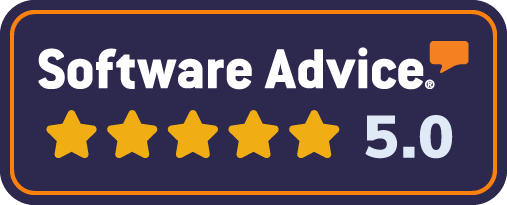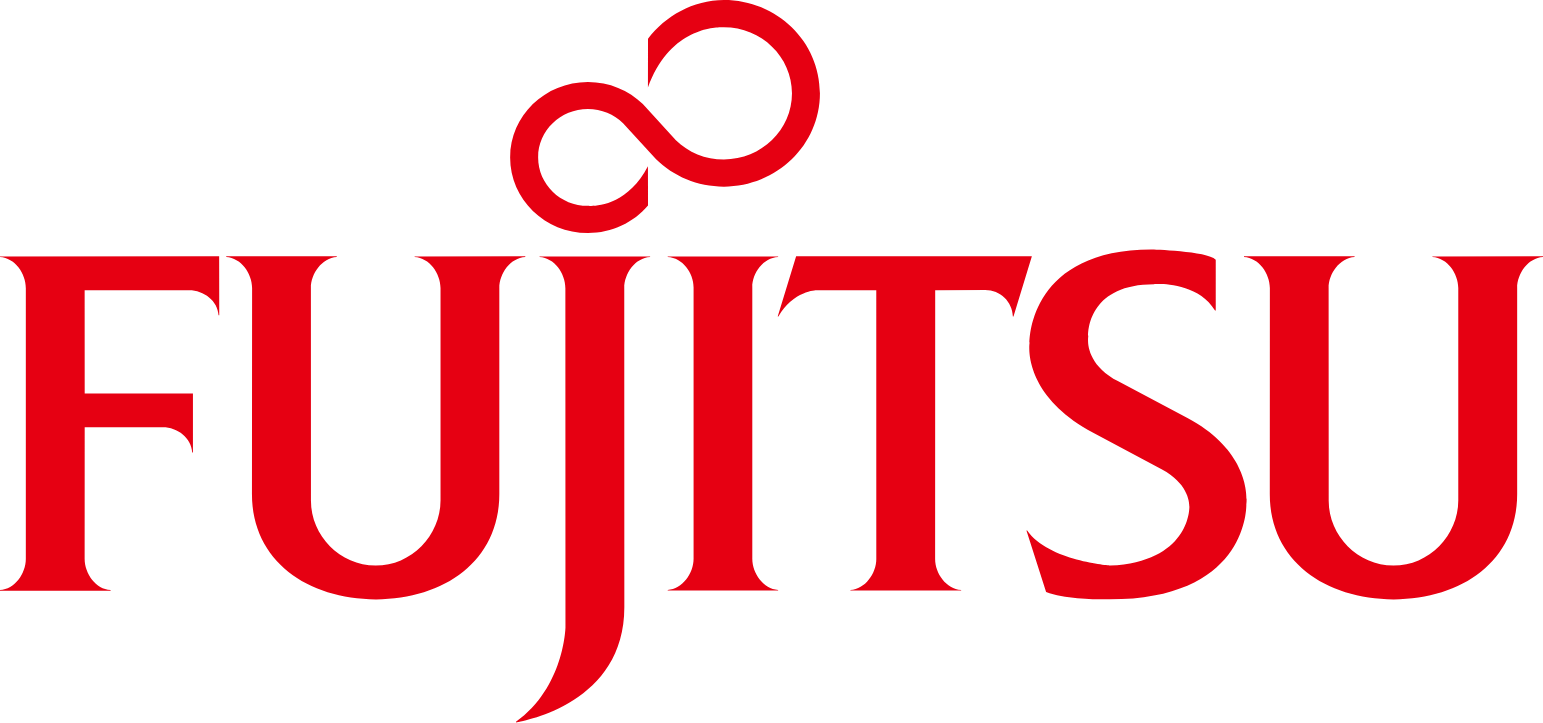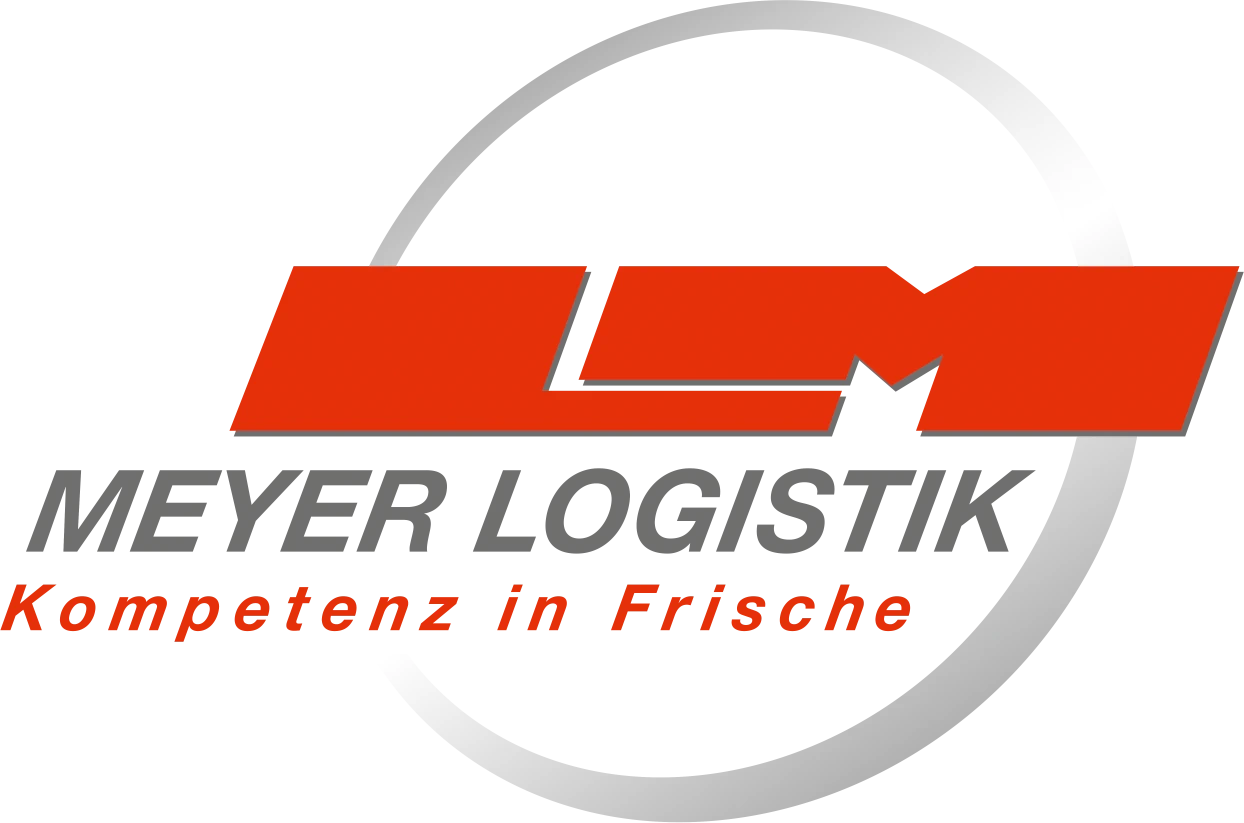Supply Chain Risk Management and Analysis Tool Form
Identify and assess potential risks within supply chain operations, such as supplier disruptions or logistical inefficiencies. Analyze key performance indicators to predict and mitigate threats, ensuring business continuity and compliance with industry regulations.
Section 1: Overview Step
Section 2: Risk Identification Step
Section 3: Risk Assessment Step
Section 4: Risk Mitigation Step
Section 5: Performance Monitoring Step
Section 6: Conclusion Step
Section 7: Certifications Step
Section 8: Signatures Step
Expense Reduction
 34%
34% Development Speed
 87%
87% Team Productivity
 48%
48% Generate your Form with the help of AI
Type the name of the Form you need and leave the rest to us.
FAQ
How can I integrate this Form into my business?
You have 2 options:
1. Download the Form as PDF for Free and share it with your team for completion.
2. Use the Form directly within the Mobile2b Platform to optimize your business processes.
How many ready-to-use Forms do you offer?
We have a collection of over 3,000 ready-to-use fully customizable Forms, available with a single click.
What is the cost of using this Form on your platform?
Pricing is based on how often you use the Form each month.
For detailed information, please visit our pricing page.
What is Supply Chain Risk Management and Analysis Tool Form?
The Supply Chain Risk Management and Analysis Tool Form is a standardized template used to identify, assess, and prioritize potential risks within an organization's supply chain. This tool helps companies to proactively manage and mitigate various types of risks, such as geopolitical instability, natural disasters, supplier insolvency, or cybersecurity threats, by:
- Identifying high-risk suppliers or geographic locations
- Evaluating the overall resilience of their supply chains
- Prioritizing mitigation strategies based on risk severity and impact
- Developing contingency plans to ensure business continuity in case of disruptions
The form typically includes sections for:
- Risk Identification: Listing potential risks, such as supplier insolvency, transportation delays, or material shortages.
- Risk Assessment: Evaluating the likelihood and potential impact of each identified risk using scales (e.g., high/medium/low).
- Risk Prioritization: Ranking risks based on their severity and potential impact on business operations.
- Mitigation Strategies: Developing plans to minimize or eliminate identified risks, such as diversifying suppliers or implementing backup systems.
- Contingency Planning: Creating emergency response plans in case of disruptions or crises.
By using this tool, organizations can:
- Enhance supply chain resilience
- Improve supplier relationships and communication
- Reduce potential losses from unforeseen events
- Increase confidence in their ability to maintain business continuity
Supply Chain Risk Management and Analysis Tool Forms can be tailored to specific industry needs and adapted for use by various stakeholders within an organization.
How can implementing a Supply Chain Risk Management and Analysis Tool Form benefit my organization?
Implementing a Supply Chain Risk Management and Analysis tool form can benefit your organization in several ways:
- Improved risk visibility and awareness across the entire supply chain
- Enhanced identification and mitigation of potential risks
- Increased efficiency in monitoring and reporting on supply chain performance
- Better decision-making with data-driven insights
- Compliance with regulatory requirements through proactive risk management
- Competitive advantage through improved supply chain resilience and adaptability
- Reduced costs associated with supply chain disruptions and losses
What are the key components of the Supply Chain Risk Management and Analysis Tool Form?
The key components of the Supply Chain Risk Management and Analysis Tool Form include:
- Supplier Information
- Product/Service Details
- Risk Assessment Categories (e.g., Financial, Operational, Regulatory)
- Risk Scoring and Prioritization Matrix
- Vulnerability and Threat Identification Section
- Control and Mitigation Strategies
- Residual Risk Tolerance and Acceptance Criteria
 Fair Pricing Policy
Fair Pricing Policy




























 Made in Germany
Made in Germany Certified Security and Data Protection
Certified Security and Data Protection Active Support and Customer success
Active Support and Customer success Flexible and Fully customizable
Flexible and Fully customizable